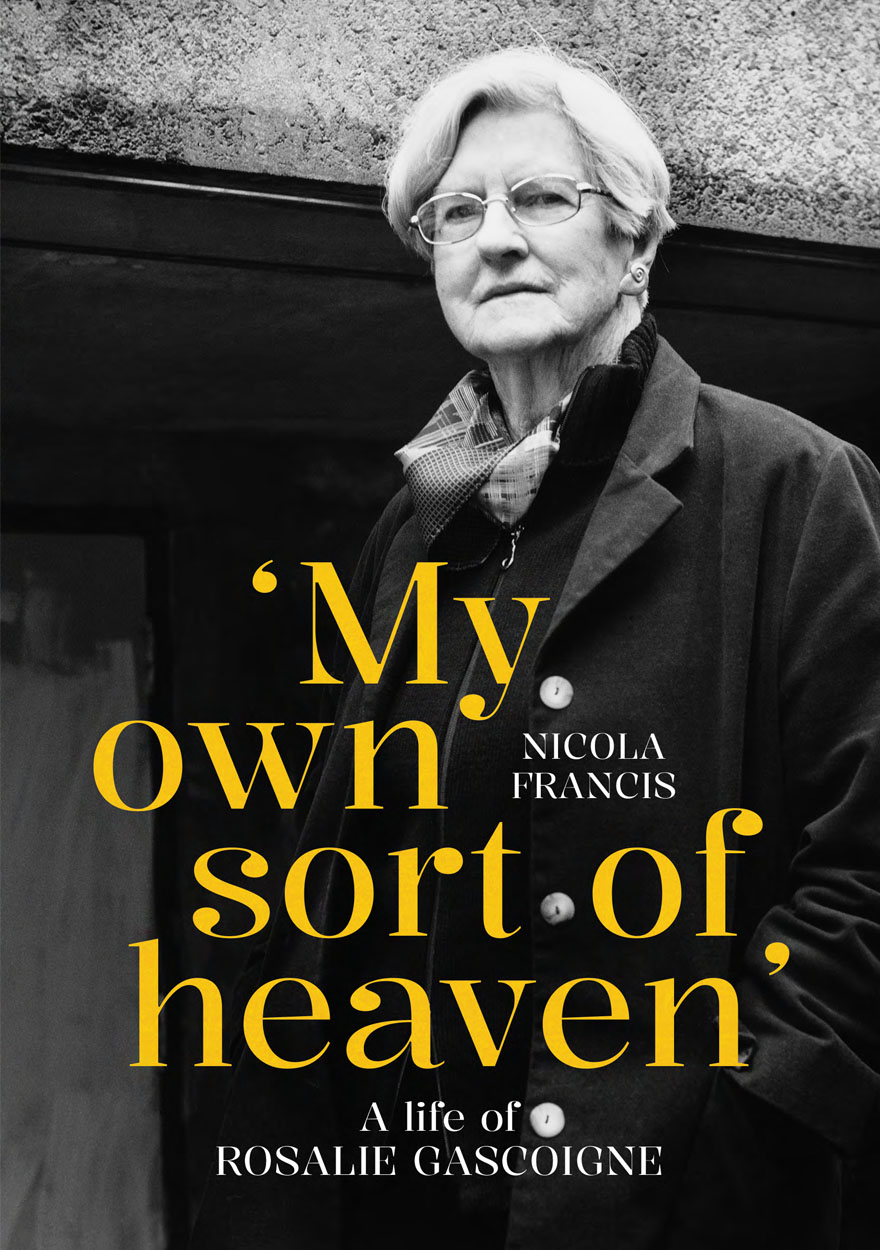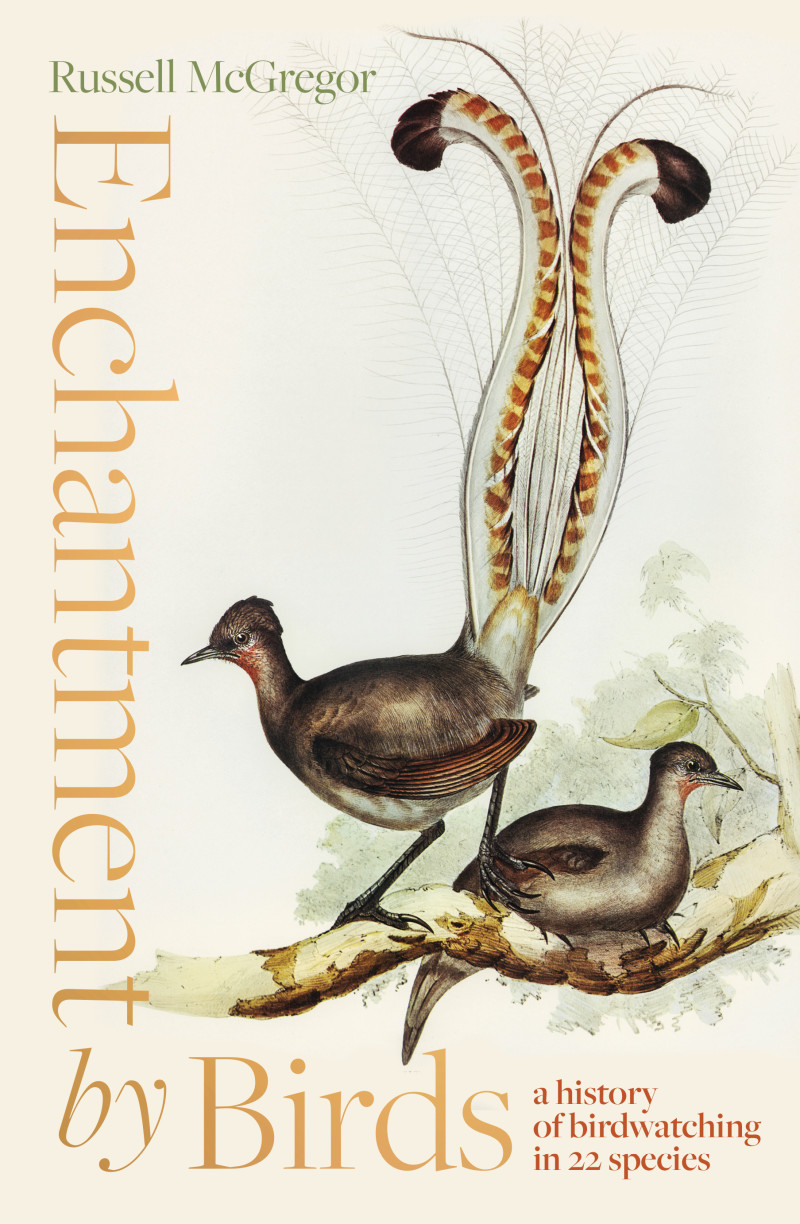Rachel Podger and the Orchestra of the Age of Enlightenment (Musica Viva) ★★★★
The year of J.S. Bach’s death, 1750, is usually considered to mark the end of the Baroque era in music. It only makes sense that the Classical period should start directly thereafter. But is that really so?
Art and its history does not necessarily follow clear borderlines, and compositions written around the middle of the eighteenth century may not fit comfortably behind these well-known labels. Traditional Baroque techniques are still practised in this fascinating and delightfully varied musical era, while, at the same time, Bach’s own composer sons, Luigi Boccherini, Giovanni Pergolesi, and others, broke new paths as they experimented with new forms, genres, styles, and instruments. Nobody talked about the ‘Classical era’ just yet; but these innovative approaches had expressive names. For example, the the character of pieces may have been referred to as ‘galant’ or ‘empfindsam’ (or sensitive). They adapted a courtly style in some places or were influenced elsewhere by the SturmundDrang (or storm and drive), a borrowed term from the then popular German literary style.
Continue reading for only $10 per month. Subscribe and gain full access to Australian Book Review. Already a subscriber? Sign in. If you need assistance, feel free to contact us.















Comments (2)
What may have been common practice a few centuries ago, has changed. Thank goodness, otherwise, our audiences would also eat, drink and make bodily noises during performances! Those performances would have had a certain atmosphere (see 'Shakespeare In Love'), but in our days, we pay more attention and sit quietly as a sign of respect towards the artist's hard work and the performance.
Finally, you like it or not, the fourth wall is there, in theatre, ballet, opera, concert hall - everywhere. It does fulfill a purpose - one with which I happen to agree - and in this concert, its convention was ignored for no obvious or justifiable reason.
Leave a comment
If you are an ABR subscriber, you will need to sign in to post a comment.
If you have forgotten your sign in details, or if you receive an error message when trying to submit your comment, please email your comment (and the name of the article to which it relates) to ABR Comments. We will review your comment and, subject to approval, we will post it under your name.
Please note that all comments must be approved by ABR and comply with our Terms & Conditions.